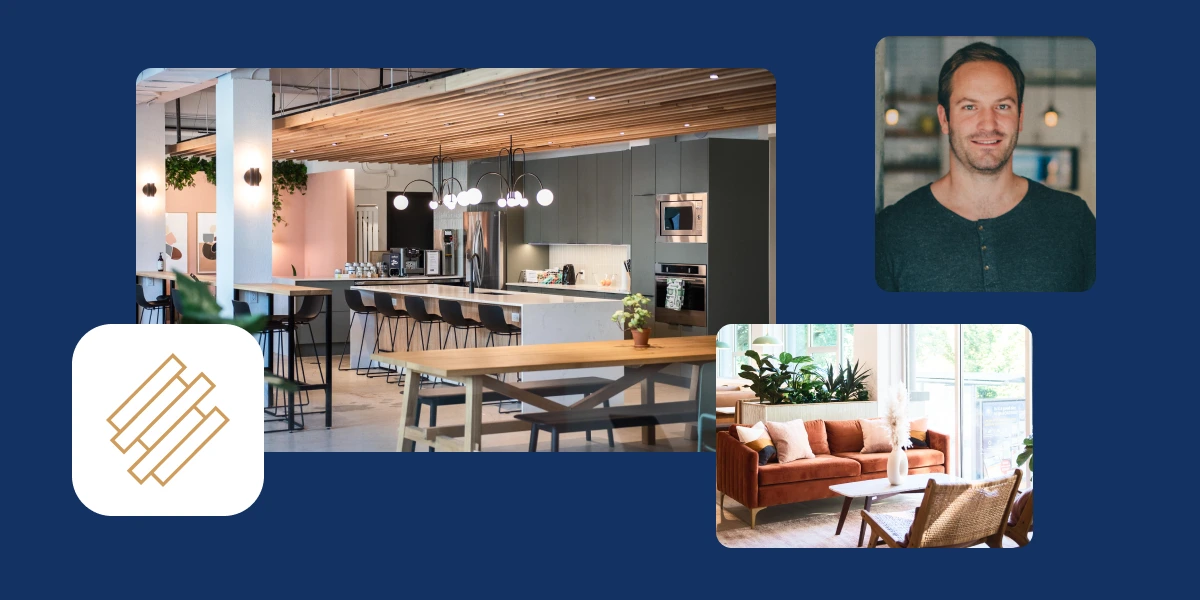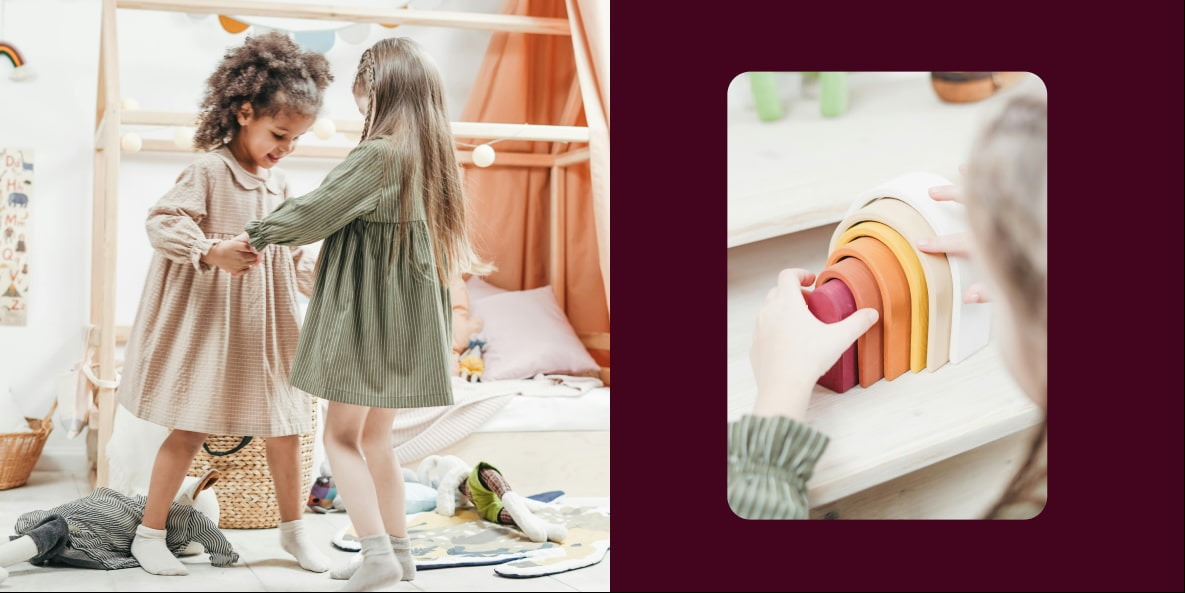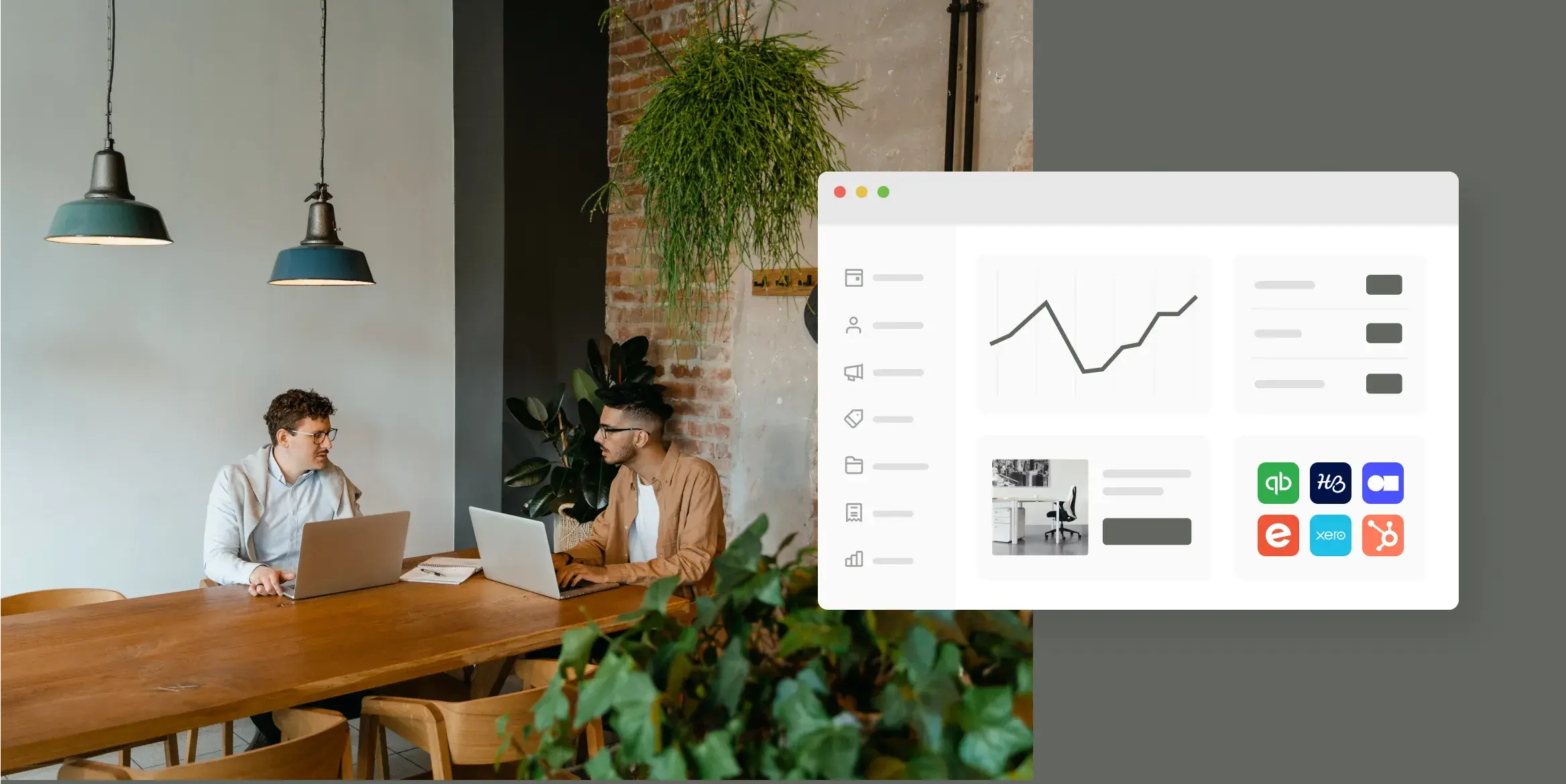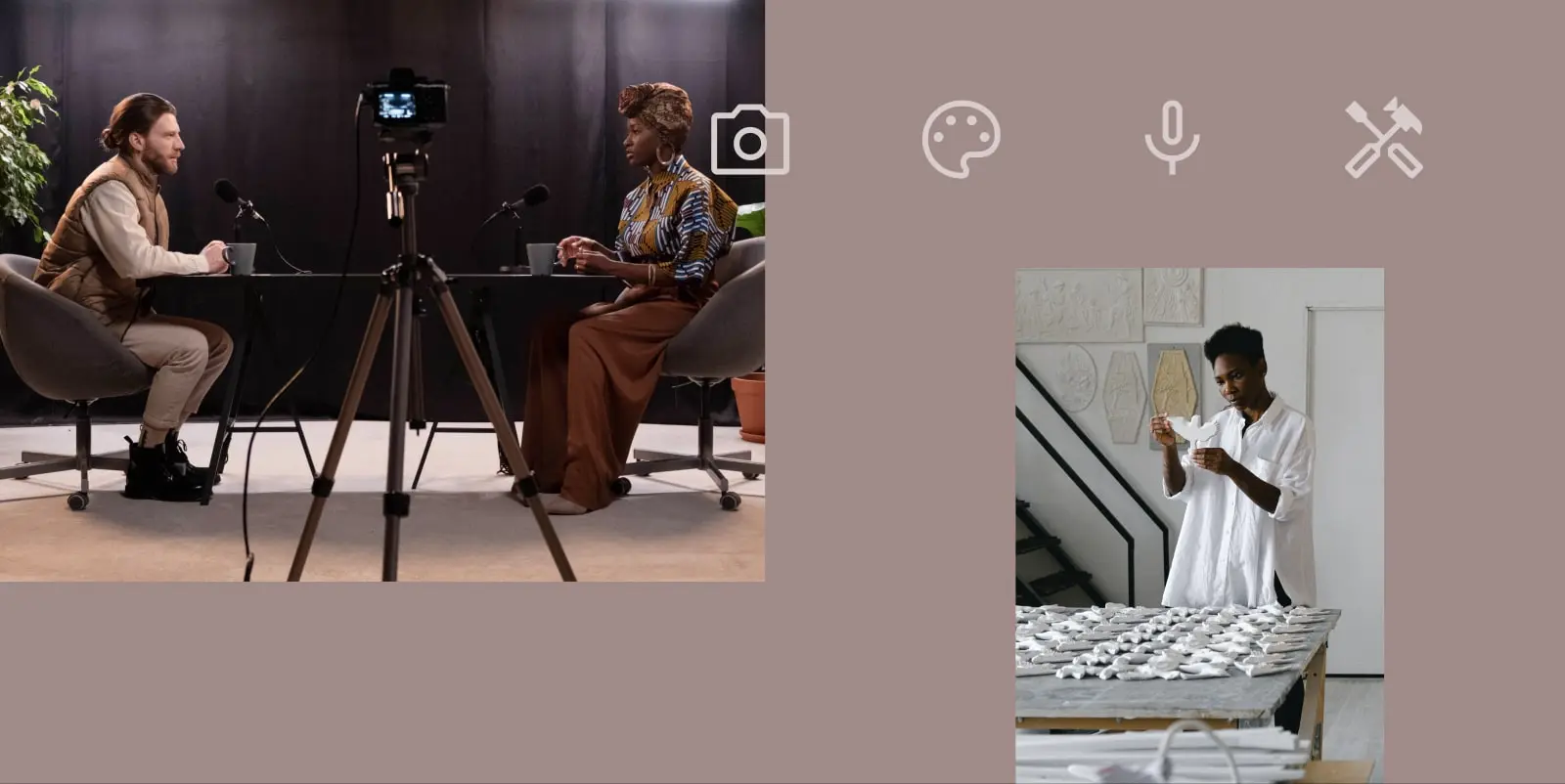
In 2022, niche coworking spaces were called “the future of coworking” – and we think this trend is here to stay.
Niche coworking spaces take the coworking experience and tailor it to people in a specific demographic, creating a delightfully personable experience that speaks perfectly to a target demographic.
We’ve explored many niches within the coworking world here at Optix, from coworking for parents to the growing trend of co-warehousing.
In this article, we’ll be exploring coworking spaces for people in the creative industry including what they are, the benefits it offers to those in the creative industry, and what you need to know if you want to open your first creative coworking space.
What is a creative coworking space?
Coworking + Creative studios, also known as a creative coworking space, is a coworking space designed to support people in the creative industry including artists, writers, photographers, graphic designers, podcasters, and more.
Freelancing and solopreneurship are popular amongst people in the creative industry. Roughly 35% of people who work as creative professionals are freelance, compared to 15% of the general population. This creates a strong need for shared workspaces amongst this community.
Like most coworking spaces, creative coworking spaces tend to be most popular in large metropolitan cities or places with a large population of people in the creative industry. However, we’re seeing more and more pop up in rural or suburban neighborhoods as well.
Types of coworking spaces for creatives
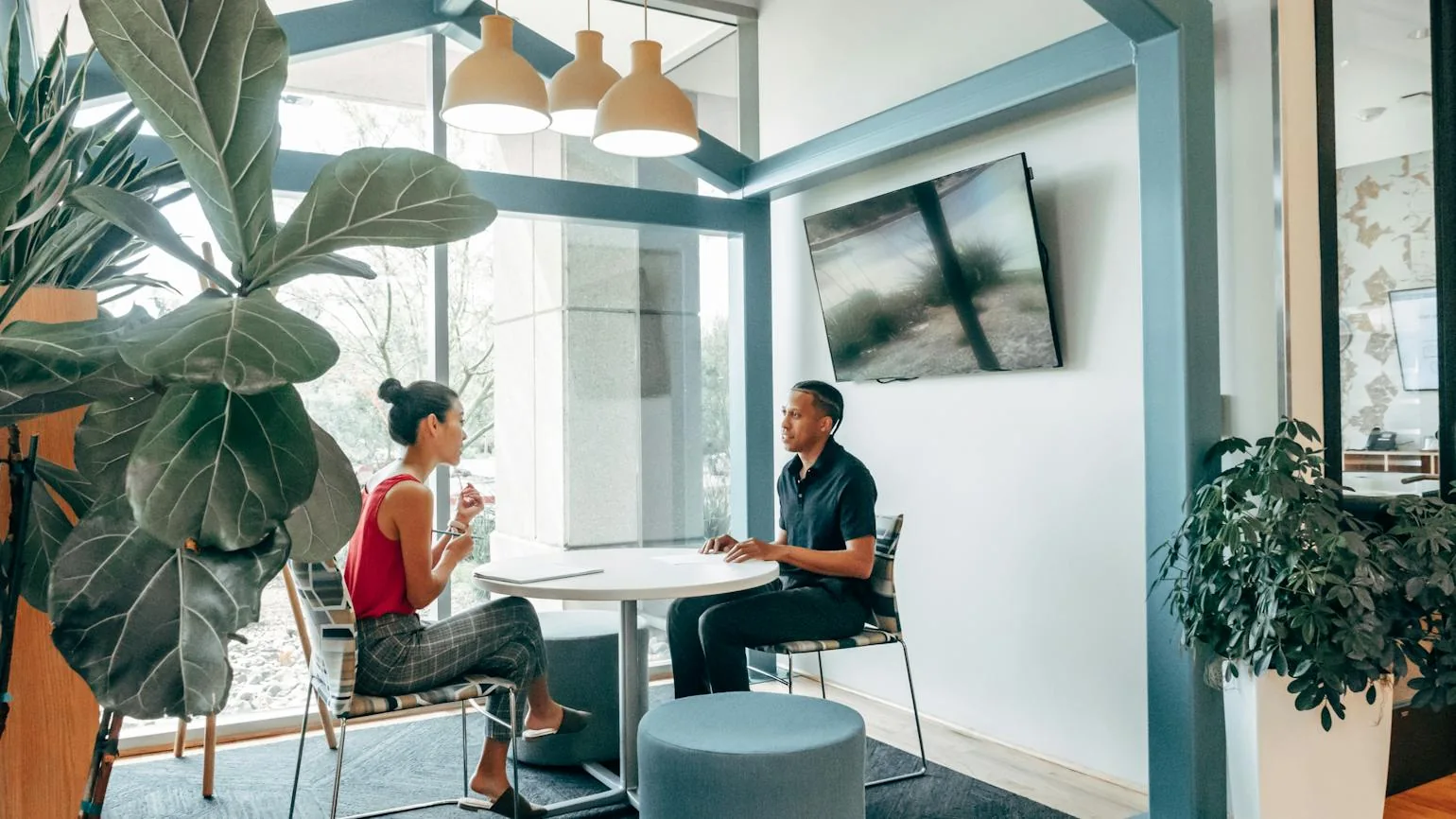
Creative coworking spaces come in all different shapes and sizes. Here are a few creative spaces that we see most often in the local community.
Coworking space for artists
Artists who are looking for a private workspace or studio, as well as a social space to interact with other like minded art enthusiasts, will enjoy artist-tailored coworking spaces specifically for them.
Apart from the usual dedicated desks, private offices, and meeting rooms, these spaces will typically include:
- Large studio space for physical mixed medium art projects
- A wide variety of art supplies and specialty equipment including large paper cutters, clay wheels, and a kiln
- Galleries or exhibition space for showing off the creative work of independent professionals
While a general creative coworking space may serve people across a variety of different creative disciplines, coworking spaces for artists tend to be tailored specifically for those involved in fine art, including painters and sculptors.
Coworking space for content creators
A creative workspace specifically for content creators is an interesting coworking space niche that has popped up in recent years. Content creators, like food photographers and YouTubers, are often in need of clean spaces full of natural light and separate areas for different forms of content.
Content creator coworking spaces will typically include:
- A beautifully designed kitchen for food photography
- Photo studios with green screens and a variety of backdrops and props
- Various film and video equipment available for rent
These spaces are relatively niche and are difficult to find outside of major cities and metropolitan areas. However, with the creator economy worth an estimated $100 billion dollars, the number of these kinds of spaces is expected to grow significantly.
Coworking space and recording studio
Coworking + Recording Studios are coworking spaces created specifically for musical artists and other auditory professionals.
Instead of housing conference rooms and phone booths, these spaces are made up of several turnkey recording studios that can be rented on-demand. Along with recording studios, these spaces also offer:
- In-house audio engineering
- Producers available for consultation or regular work
- Networking events specifically designed for connecting with other creatives or learning new skills
Jason and Nia from Grindhaus are successfully building a thriving community of musicians and artists with their creative coworking space and recording studio. Learn how Optix is supporting Grindhaus in being able to power their community of musician artists.
Coworking space for designers
Coworking spaces oriented for designers are set up in a way so that designers across a variety of disciplines feel supported – including interior designers, digital creatives and graphic designers, fashion designers, and more.
Similar to other coworking spaces, these spaces will typically include regular events, networking opportunities, private phone booths, conference rooms, and more. However, they will also typically include access to specialty design software, large open areas for working on floor plans, and of course, be impeccably designed from the ground up.
Benefits of coworking spaces for creatives

There are many benefits that creative people can get from working in a coworking space.
Community of like-minded individuals and ample networking opportunities
Community is often lacking for remote workers, freelancers and those who work for themselves. Coworking spaces offer a flexible, communal working environment that people can come to to meet with and connect with other like-minded individuals.
This could be in the form of:
- Coworking events like happy hours, lunch and learns, and keynote speakers
- Using a member Directory in your space to connect members with one another
- Developing a digital coworking community that can be accessed no matter where your members are
The networking effect of coworking spaces can also be incredibly useful, especially to those just starting out in their freelancing careers. Sharing a physical space can be a great way to mindshare and get career advice from others in the same industry.
Affordable access to art supplies and amenities
Art supplies and other creative amenities can be incredibly expensive, from software licenses to paint supplies to podcasting equipment. It is often not worth the cost for many individuals to buy these supplies themselves if they only need access to it a few times a month.
Coworking spaces can offer these amenities to their members to rent at a fraction of the cost than if members were to buy them for themselves.
Not only is this an opportunity for coworking operators to create additional revenue streams, but it’s also an affordable solution for people who don’t want to spend money on pricey licenses and audio equipment for a handful of uses.
Access to larger studio spaces
Large, professional studio spaces can be hard to come by. Studio spaces are often used for:
- Creating larger art pieces
- Filming yoga and pilates videos for fitness influencers
- Studio photography
They are usually rented on a monthly basis for hundreds, if not thousands of dollars a month, depending on the size of the space and the location.
Coworking spaces often offer large studio space for rent daily or hourly. Artists can use these spaces on an ad hoc basis, without feeling locked in for an extended period of time.
If you’re a coworking operator looking to create a coworking space tailored to those in the creative industry, you’ll want to ensure you have at least one large studio space that can be rented on-demand to meet the needs of your members and create additional revenue streams for yourself.
Amenities offered in creative coworking spaces
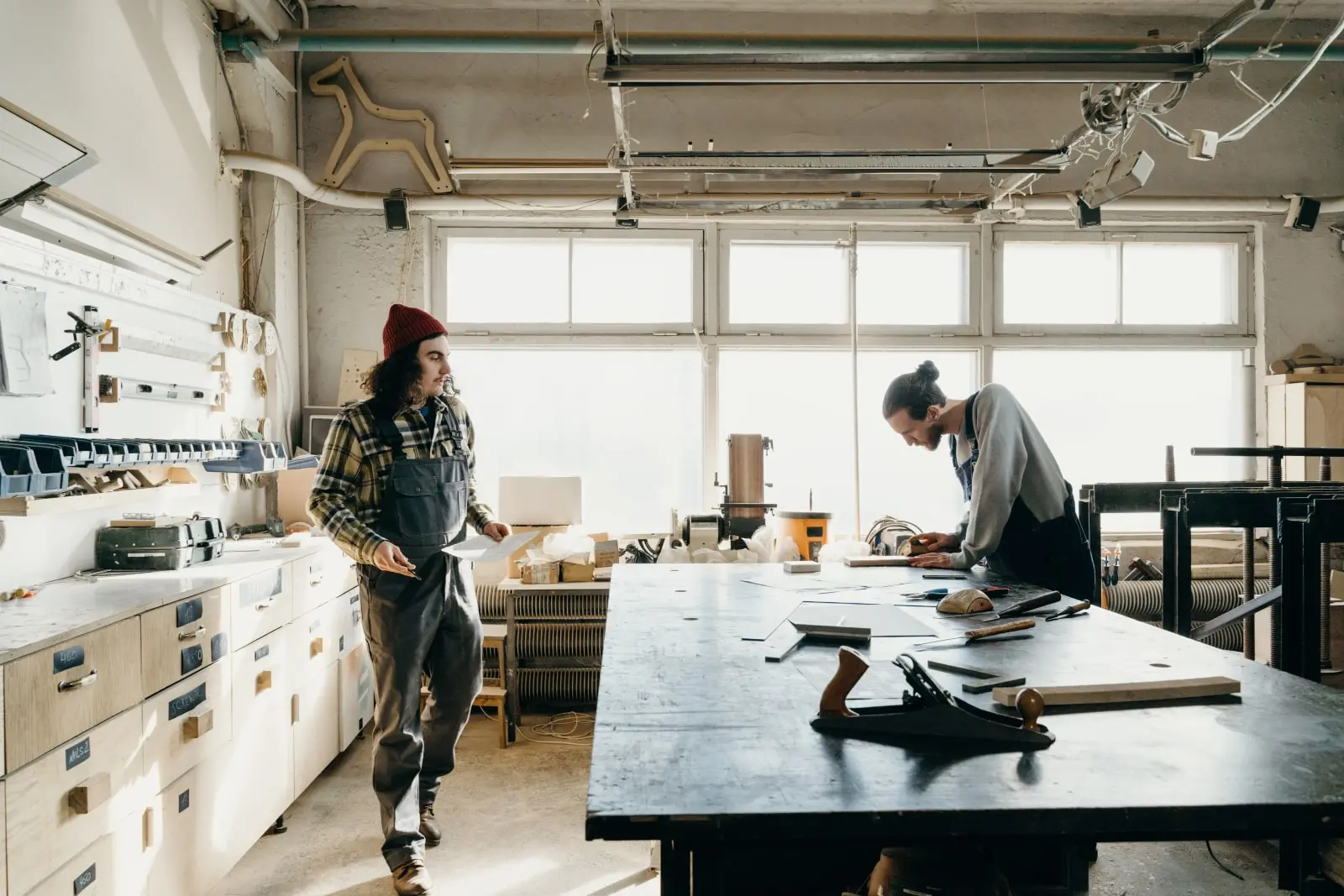
Opening a coworking space for people in the creative industry will require many of the same amenities as other coworking spaces, from providing enough phone booths to offering complimentary tea and coffee.
However, there are other amenities you may want to offer in your space as well.
- Studio space: as mentioned, access to a large studio space is a great thing to offer to artists and creatives looking for a flex space to use for photography, fine art, and more.
- Business coaching and mentoring: freelancing often requires individuals to run their own businesses. Offering affordable business coaching or mentoring can be a great way to support your members in their careers.
- Access to physical art supplies: having a number of art supplies on hand to rent or for complimentary use may be helpful, especially if your audience is more tailored to fine art.
- Access to digital art supplies: digital art supplies can range from software licenses to computers with processors that can handle running intensive programs, like video editing software. This is a huge expense for freelancers and can be a major selling point, depending on your audience.
- Podcast studio: podcasting is skyrocketing in popularity, and many freelancers and even businesses are looking for studio space. Offering podcasting equipment to rent can be a great way to differentiate yourself from other spaces.
- Green screens and other specialty equipment: artists of all kinds require specialty equipment to do what they need to do for work. Take some time to research what your audience may need, such as a green screen or professional lighting equipment, and consider offering it to rent.
- Coffee bar: go the extra mile by offering your members specialty coffee at a designated coffee bar, and you’ll build brand loyalty from the get-go.
You don’t need to offer every amenity in your space, but you do need to ensure you have a wide range of amenities that serve your audience’s unique needs.
Examples of coworking spaces for creatives
There are many beautiful coworking spaces across the world tailored specifically for those in the creative industry. Below are two examples of Optix clients who are serving their creative members through recording studios.
Recordical
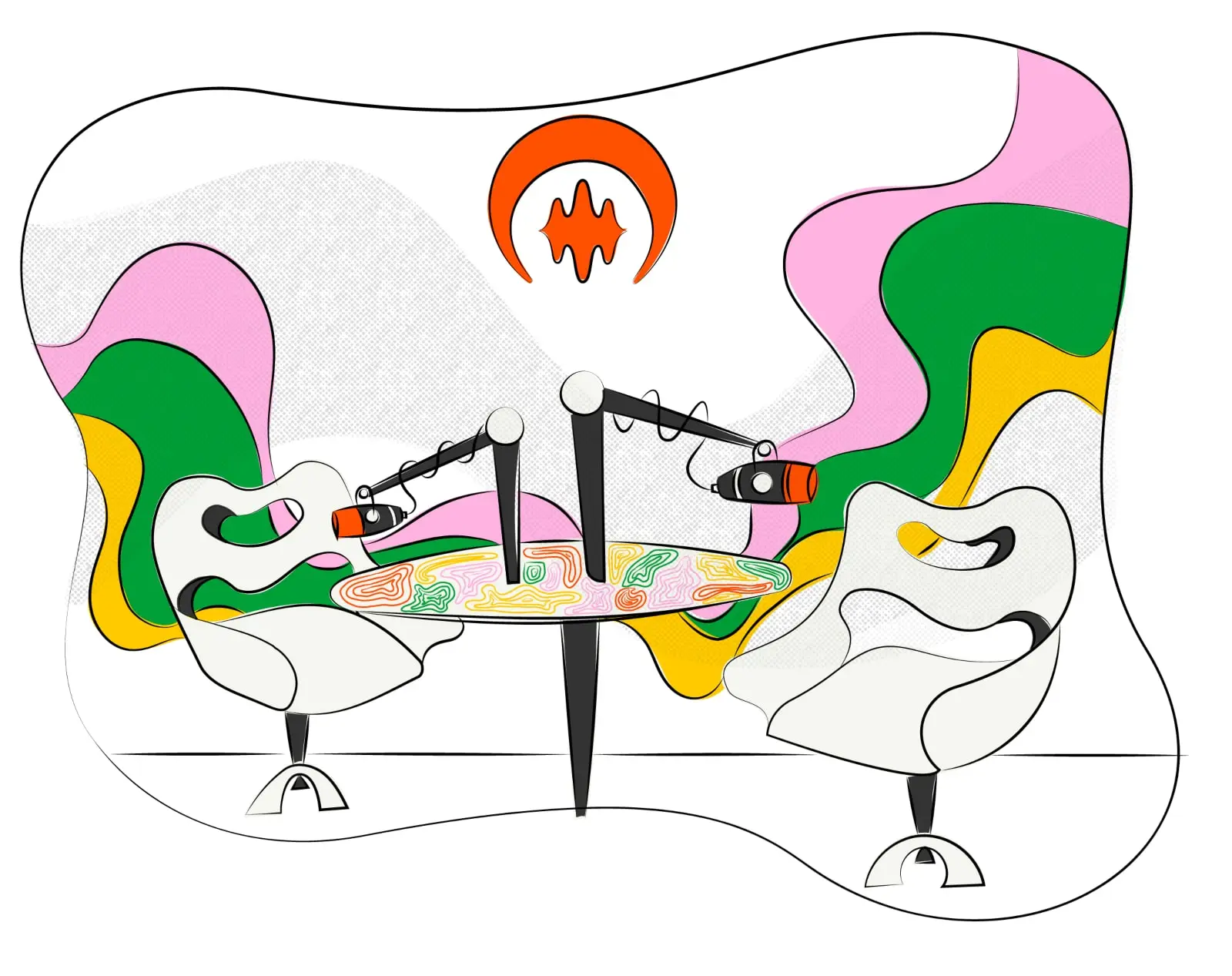
Recordical offers fully equipped recording studios for podcasters, songwriters, producers, musicians, and audio creators.
They offer state-of-the-art recording equipment, audio engineers, studio space, and a wide variety of amenities meant to make recording audio easy and accessible for all. Any member can walk into Recordical and get started with professional-grade audio recording in an instant.
“The quest to find high-quality recording space, equipment, community, and resources as a creator is…overwhelming. And if the first steps are daunting, even the most determined person can forget their big 'why.' Recordical is designed to be simple without sacrificing style or quality, giving content creators the tools they need to make audio magic.”Recordical
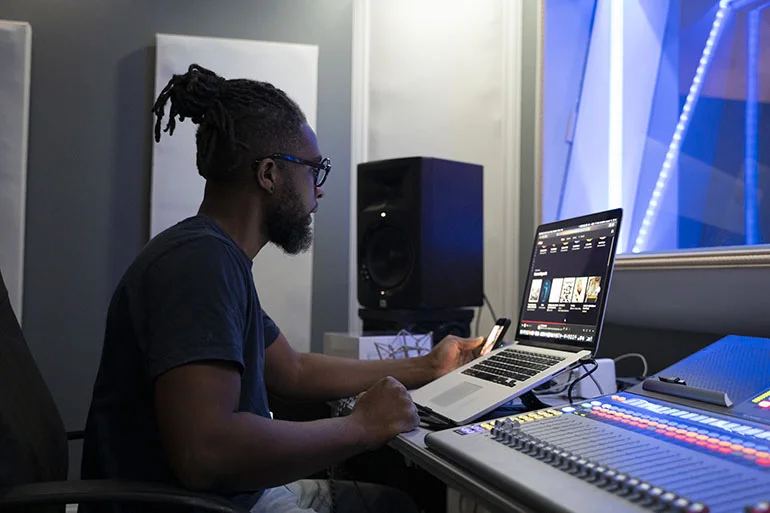
Grindhaus is a creative coworking space serving musical artists, songwriters, and producers located in Charlotte, North Carolina.
Equipped with state of the art recording studios and in-house professional audio engineers, it was created as a place where people can work, collaborate, and get inspired to execute their creative vision.
Jason Jet is the founder and visionary behind Grindhaus. As an artist and producer himself, he saw the need for a better alternative to the sterile recording studios most artists had grown accustomed to.
Learn how Jason and his community manager, Nia, built a community of thriving musicians at Grindhaus.
“Grindhaus is revolutionizing an age-old problem in the industry and making it simple and easy for artists, engineers, and music professionals to have their resources at their fingertips.”Nia Zhane, Community Manager at Grindhaus
Tips for starting a creative coworking space
Interested in starting a community for creative individuals and other artists? Here are some things to keep in mind as you embark on this journey.
1. Know your audience
Before opening your doors, get involved in the creative community in your area and understand if there is a need for this kind of space. Get to know what their pain points are, what they’re looking for, and what gaps currently exist in the market to meet their needs.
The people who we see succeed the most are the ones who are living and breathing the experience of their target audience themselves.
Artists who are struggling to access affordable supplies or musicians who don’t have a studio to record out of are often in the best position to start a coworking space, become thought leaders, and serve their community.
2. Get a large enough space to account for studio access and specialty equipment
Offering a large studio space, a podcasting room, and a photography studio would make your space stand out. It will also require you to find a big enough space to accommodate all of these specialty creative needs. Consider that when doing your buildout and seeking out a commercial space.
As suggested in our designing a coworking space article, start with your business model and your audience before moving into building out your space. That means thinking about what your community may need and creating your space around that.
3. Consider ways to support the community outside of just space access
Space is important, but coworking is about more than just space. Think about ways you could support your members outside of just providing physical access. Business mentoring, networking events, and keynote speakers can go a long way in building a community.
Artists will typically be the first to tell you that “business isn’t really my strong point”. This creates a fantastic opportunity to provide your community with business resources to help your community be successful in their craft.
Deploy technology to help manage your space
Managing a coworking space without the use of a comprehensive coworking software platform is setting yourself up for trouble. Consider using a coworking management system like Optix to help you streamline the day-to-day operations of your space and grow your business.
With the help of Optix, you can:
- Automate Resource Booking and Billing and Payments
- Allow 24/7 access to your space with just a tap
- Make data-driven decisions with detailed data and analytics
Having the right technology ecosystem in place can support you in providing an exceptional user experience for your members.
Get started on your coworking journey
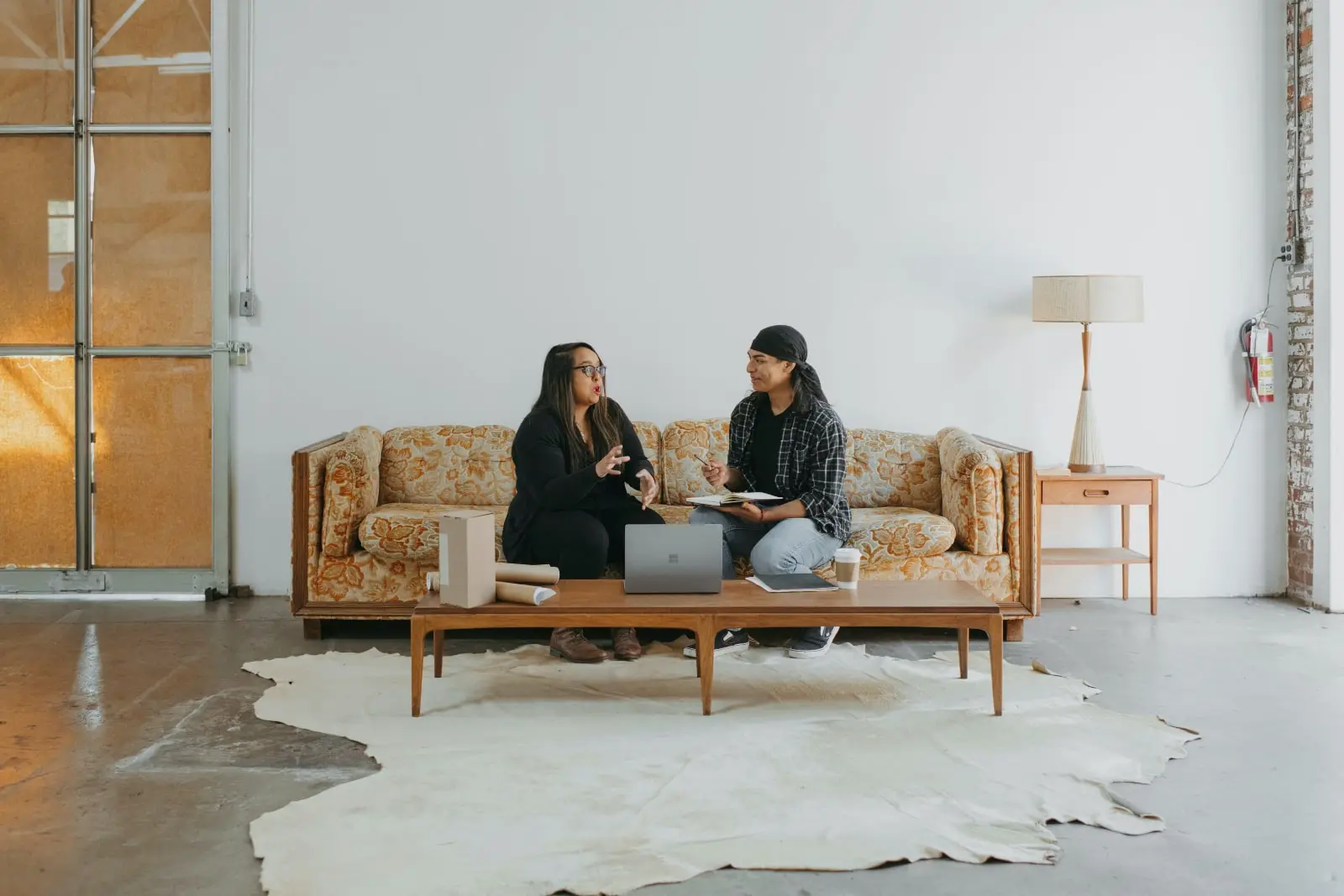
Whether you’re opening your first coworking space for creatives or looking to expand your existing operation, there is a lot to consider.
From the size of your space to the amenities that you offer, there are so many opportunities for customization and creation, making the act of starting a coworking space a creative act in and of itself.
At the end of the day, it’s all about putting the needs of your members first and making them the focal point of everything you do.
Looking for the perfect software to help you manage your coworking operations? See how Optix can help.



